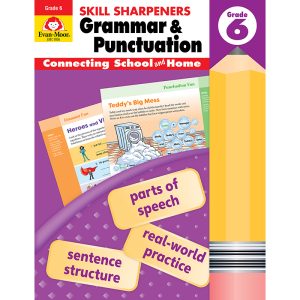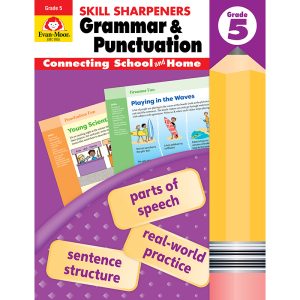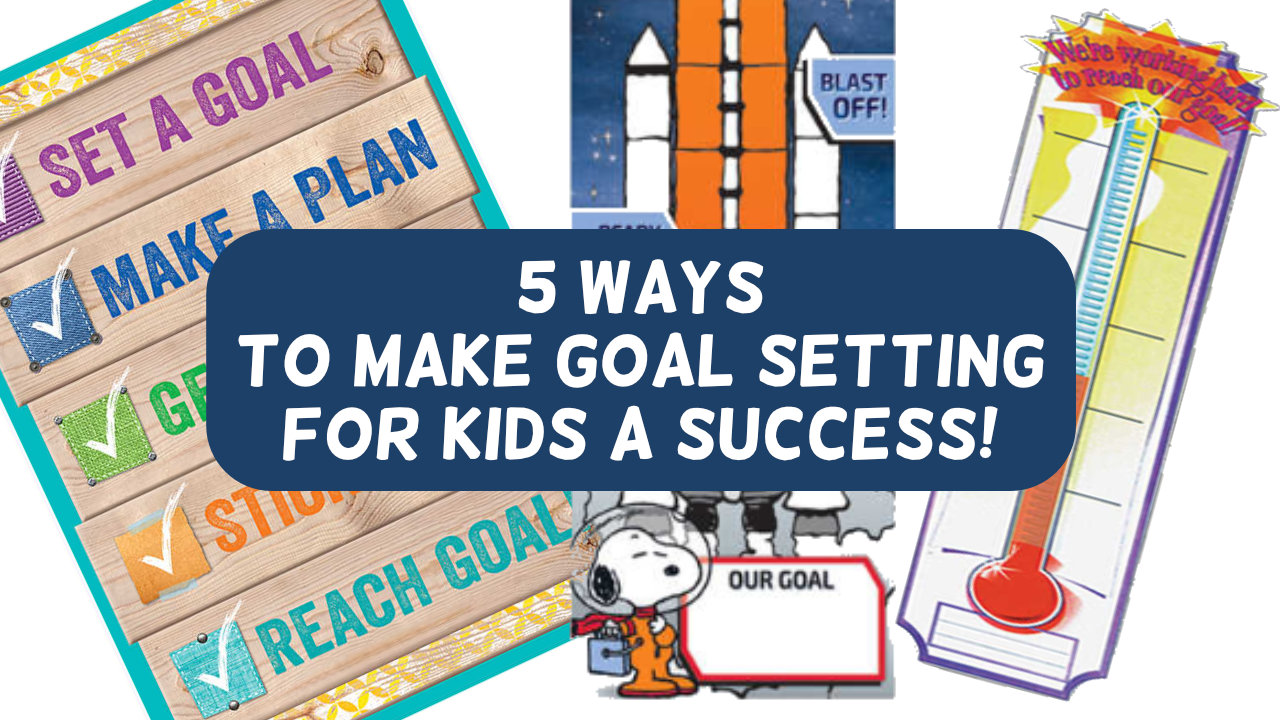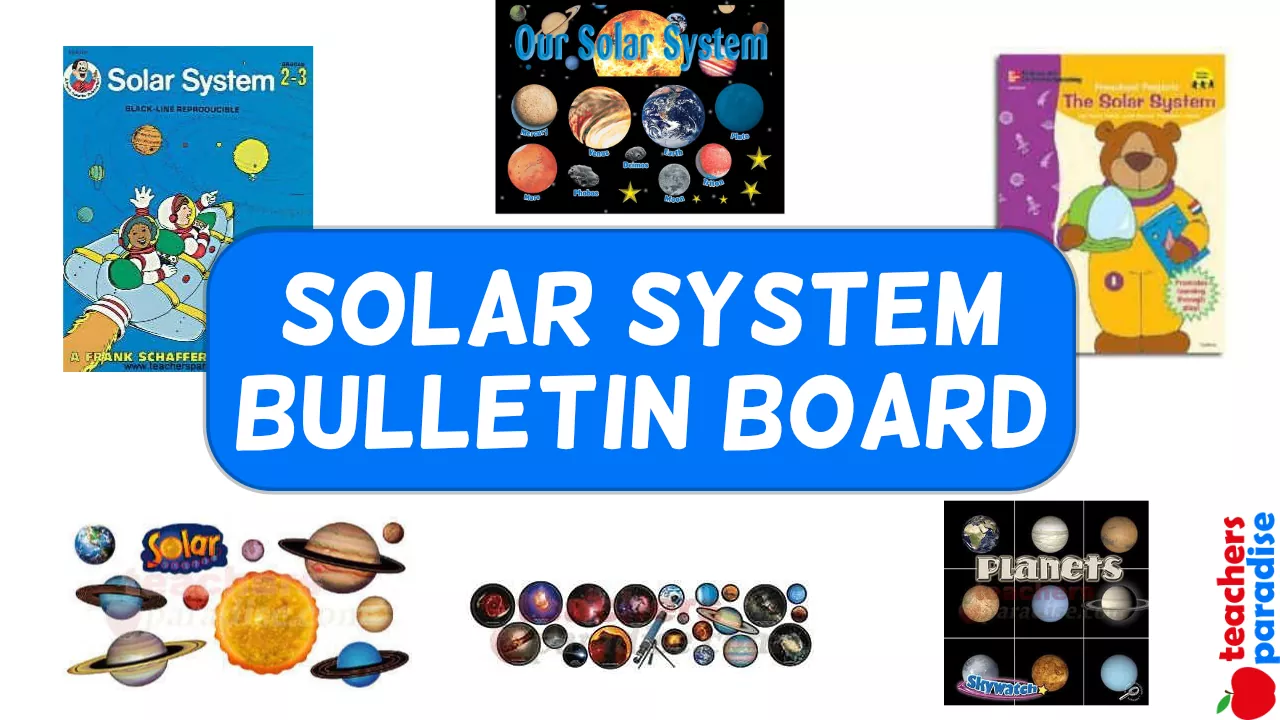Math for Autumn, Grades 2-3
About Math for Autumn Daily Problem Solving
Students need to learn to solve mathematical problems that require the use of information and math skills they have learned. Even in the early stages of mathematical knowledge, students can learn to do multi-step problems, given guidance and practice.
This means teaching them:
• how to decide what the problem is asking.
• how to use the information provided in the problem.
• a variety of strategies to call upon when solving a problem.
WORKSHEET & Sample PDF Activity
[adinserter block=”2″]
Sample PDF Activity
[adinserter block=”3″]
You can help your young students become better listeners, more careful readers, and better thinkers by providing frequent opportunities to practice using their skills. Success at these practice activities will build up their confidence as mathematicians.
Many of the problems in this book require two or more steps to solve. For example:
I raked leaves into piles.
My brother put the leaves into bags.
We filled 4 bags on Saturday.
We filled twice as many bags on Sunday.
How many bags did we fill with leaves in two days?
Teaching Multiple Strategies
It is necessary for your students to understand that there are many ways to find the answer to a math problem. Model the various strategies they may use before asking them to proceed independently. Some strategies you might demonstrate are:
• verbalizing the problem
• drawing pictures to show what is happening in the problem
• moving manipulatives around
• rewriting the problem in your own words to clarify its meaning
• working the problem in two different ways to see if you come up with the same answer
The strategies used to find the answer may vary from child to child. Have students share and explain how they reached the correct answer. For example, the answer to the following problem can be found in several ways.
Sidney bought 6 orange pumpkins.
He bought 2 white pumpkins.
How much did he spend on pumpkins?
Teaching Each Lesson
Young students will need much help and practice in the beginning. Here are some steps to follow each time a problem is introduced:
- Read the problem to your students, as you point to the words.
- Read the problem again, asking your students to read along with you. Talk about what the problem is asking. Look at any chart or illustration that might contain needed information.
- Have them identify the parts they must solve.
- Pass out manipulatives when needed.
- Discuss possible ways the problem might be solved.
- Allow some time for students to solve the problem on their own. Have students share their answers and tell how they reached the solution.
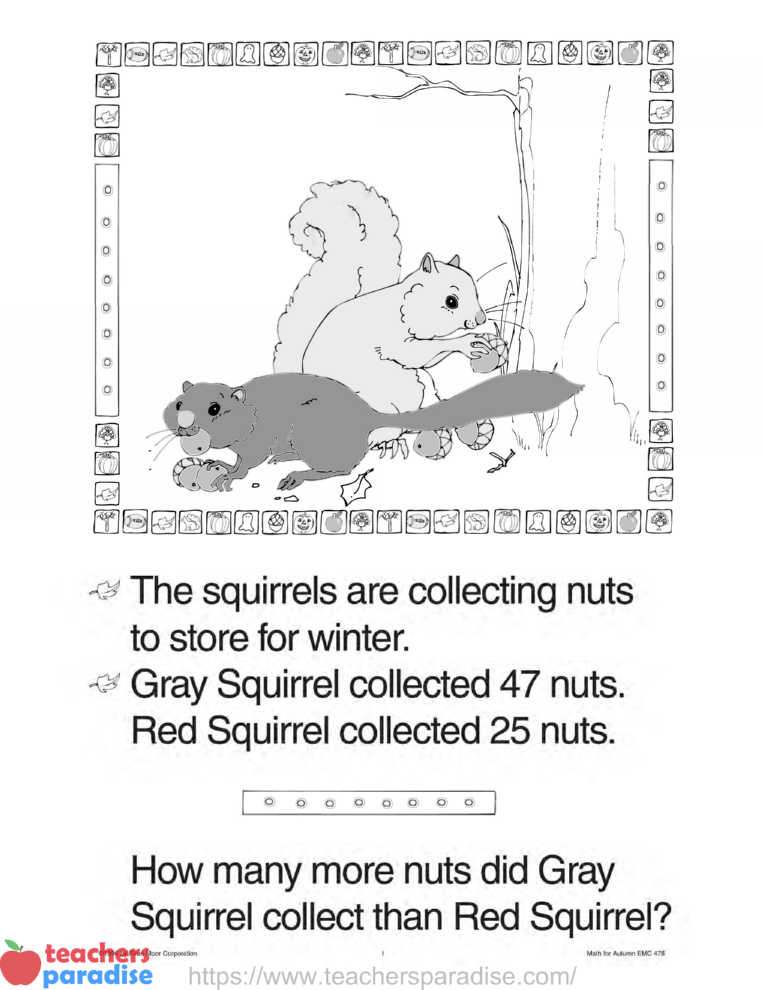
Gray Squirrel collected 47 nuts.
Red Squirrel collected 25 nuts.
How many more nuts did Gray Squirrel collect than Red Squirrel?
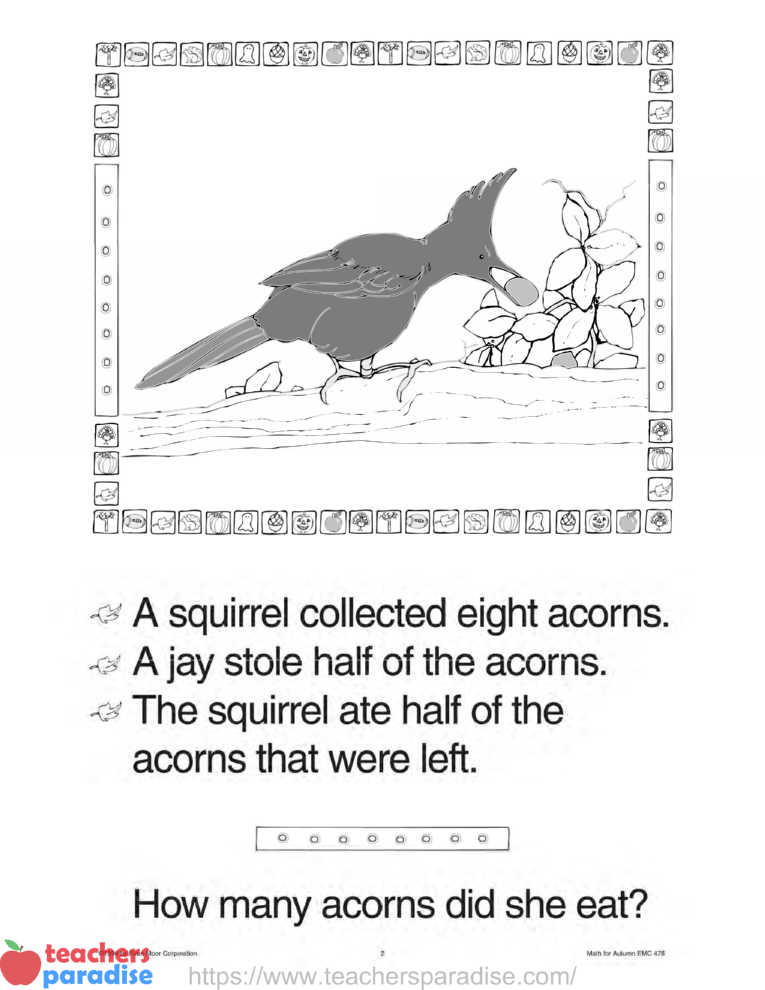
A jay stole half of the acorns.
The squirrel ate half of the acorns that were left.
How many acorns did she eat?
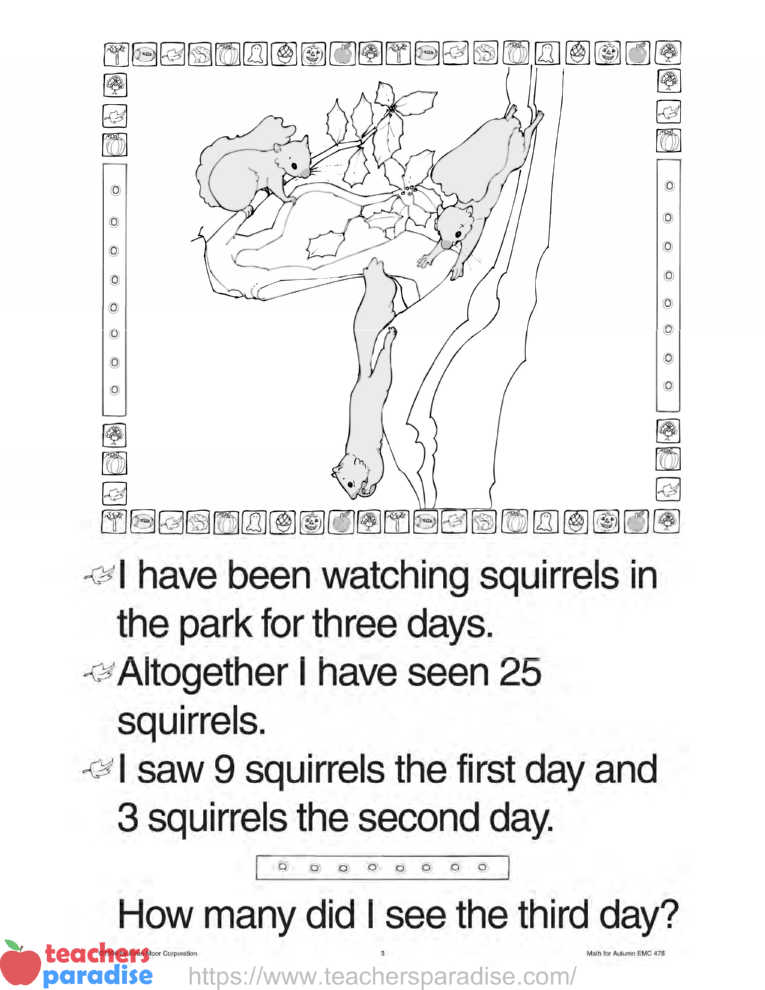
Altogether I have seen 25 squirrels.
I saw 9 squirrels the first day and 3 squirrels the second day.
How many did I see the third day?

